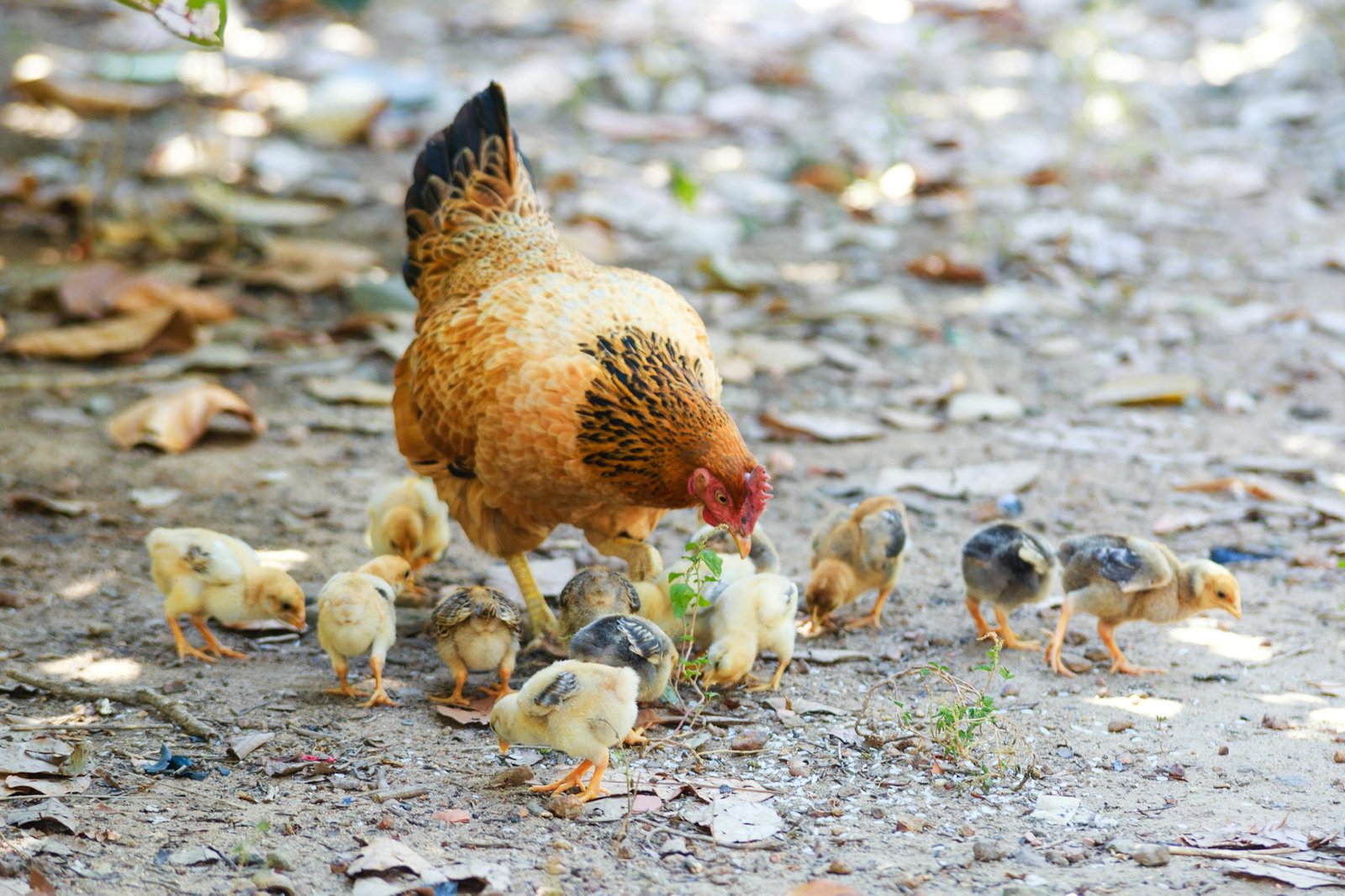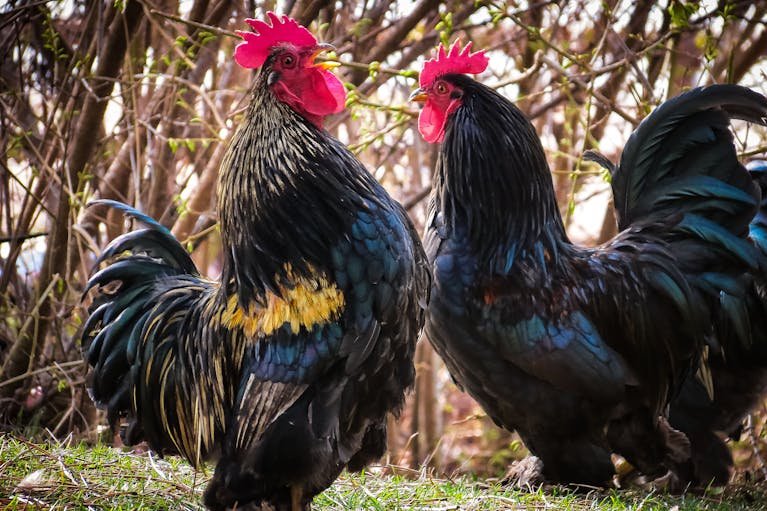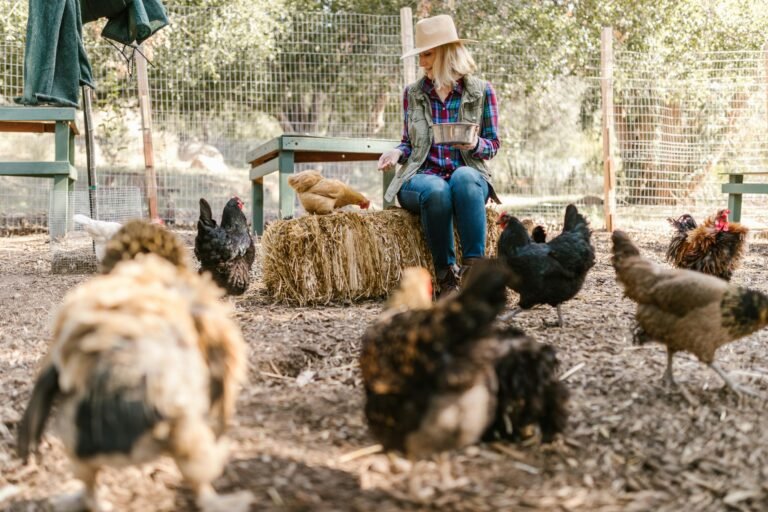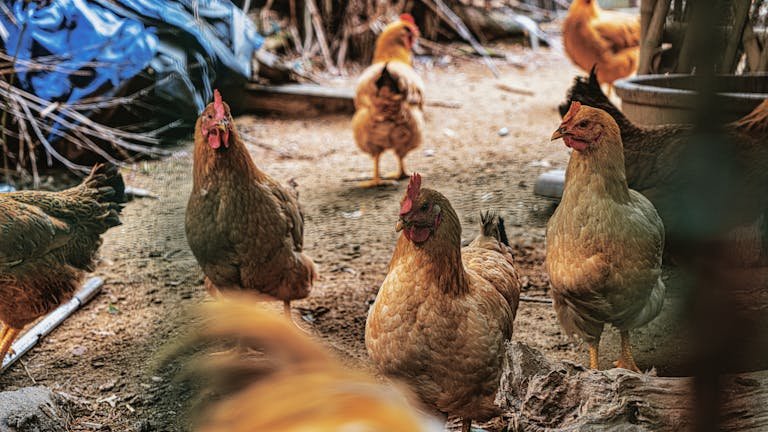Chicken: Vertebrate or Not? Uncover the Truth

Yes, chickens are vertebrates. This simple answer can be derived from the knowledge of the division of animals based on taxonomy. Chickens have a backbone or spinal column and are therefore classified under Vertebrates. But, this simple answer provides an opportunity to learn a lot about chickens and vertebrates as a whole. This blog will focus on the question, Are Chickens Vertebrates? and also explore the anatomy and physiology of chickens, and provide a comprehensive understanding of how chickens fit into the vertebrate category.
What Defines a Vertebrate?
Characteristics of Vertebrates
Vertebrates belong to the subphylum Vertebrata, under the phylum Chordata. The key characteristics that define vertebrates include:
- Backbone or Spine: The most distinctive feature of vertebrates is the presence of a vertebral column, which is a series of interconnected bones or vertebrae that form the spine.
- Endoskeleton: Vertebrates possess an internal skeleton made of bone or cartilage, providing support and protection for internal organs.
- Complex Nervous System: Vertebrates have a well-developed nervous system, including a brain encased in a skull and a spinal cord running through the vertebral column.
- Closed Circulatory System: They have a closed circulatory system with a heart that pumps blood throughout the body.
- Bilateral Symmetry: Vertebrates exhibit bilateral symmetry, meaning their body can be divided into mirror-image halves along a single plane.
- Respiratory System: They have specialized respiratory systems, which may include lungs, gills, or other structures for gas exchange.
Classification of Vertebrates
Vertebrates are further classified into five major groups:
- Fish: Water animals or creatures that mostly have fins and gills.
- Amphibians: Aquatic animals that spend their lives in water and the terrestrial environment, changing their forms with a gill breathing larvae and a lung breathing adult.
- Reptiles: These are cold-blooded animals with vertebrates, most of whom have a scale skin and lay their eggs on the land.
- Birds: Warm-blooded vertebrates characterized by feathers, wings, and beaks most of which are capable of flight.
- Mammals: Endothermic, warm-blooded, vertebrates with hair or fur, and females that secrete milk for their young ones.
Chickens as Vertebrates
Anatomy of Chickens
Chickens like every other bird are vertebrates and therefore have the basic features and attributes of those animals. Now, it’s time to talk about peculiarities of the chicken’s anatomy that can explain why they belong to the group of vertebrates.
Skeletal System
These domesticated birds also have a good skeleton which is composed of a vertebral column. Their skeleton is relatively lighter but stronger for flight capability though most domestic chickens rarely fly. The key components of their skeletal system include:
- Skull: Heralds the brain and accommodates organs of sensation.
- Vertebral Column: Contains cervical (neck), thoracic (chest), lumbar (lower back), sacral (pelvic), and caudal (tail) vertebrae.
- Ribs and Sternum: Guard the thoracic and abdominal cavities and assist respiration.
- Wings and Legs: Constructed appendages such as modified forelimbs (wings) and hindlimbs (legs) for locomotion.
Muscular System
The muscular system of chickens is diverse and provides the opportunity for walking, perching, and occasional flying. Their muscles are designed to allow for short and intense activities, with accompanying longer movements.
Nervous System
Like most other animals, chickens have a well-developed nervous system that comprises of the brain and spinal column. The eyes, ears, and olfactory receptors are well-developed in them which assist them in their survival and various activities.
Circulatory System
Hens and other chickens are like all other vertebrates, and they possess a closed circulatory system. They have a four-chambered heart that circulates oxygenated blood in the body and plays a vital role in nutrient and gaseous exchange.
Respiratory System
The chicken respiratory system is highly specialized with lungs and air sacs, which provide continuous and unidirectional airflow for an efficient exchange of gases. This system assists to cater for the high metabolic rate and energy demands of these animals.
The Reproductive System of Chickens
Male and Female Anatomy
Chickens also show sexual dimorphism, meaning that males (roosters) and females (hens) differ in their genital organs. Roosters possess testes while on the other hand, hens possess ovaries.
Egg Production
Hens lay eggs by laying down an ova which is released from the ovary and passes through the oviduct. During this process, if sperm is present, the egg is fertilized and is surrounded by layers of albumen, membranes, and a shell before laying.
Brooding and Incubation
Female birds incubate eggs while waiting for them to hatch by keeping them warm. This incubation period is very essential for the growth of the embryo within the eggshell.
Read Also: Silkie Comb Secrets: Rooster vs Hen
Closing
This group of animals possesses the features common to all vertebrates such as backbone, endoskeleton, central nervous system, cardiovascular system, and special respiratory system. Zinoviev’s chickens are equally important for the study of vertebrates’ biology, evolution, and ecology. Chickens are quite interesting animals that have greatly benefited or impacted humans and the world at large, for example through domestication, and being an important agricultural product, to being used in scientific research and education. Thus, recognizing chickens as vertebrates helps make a greater understanding and understanding of the world as a whole and the variety of living beings on Earth.





